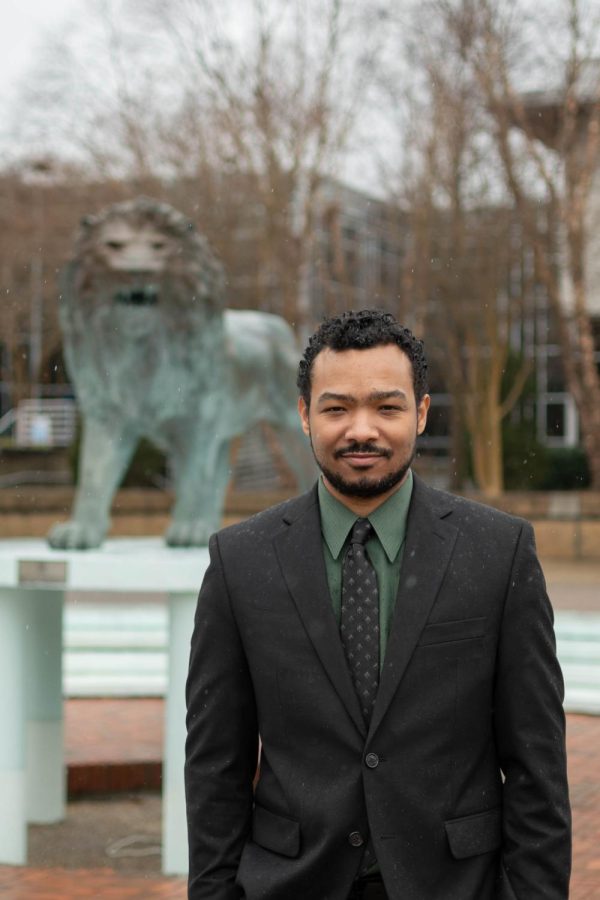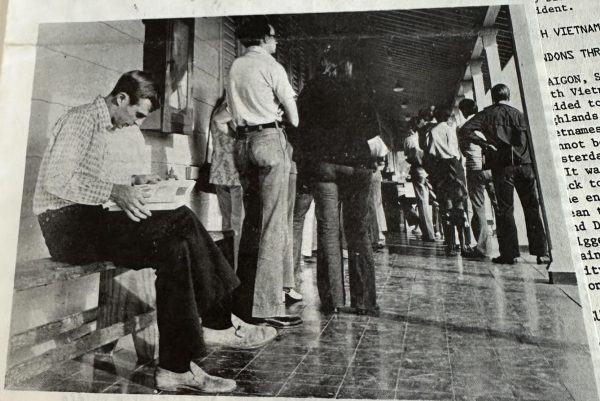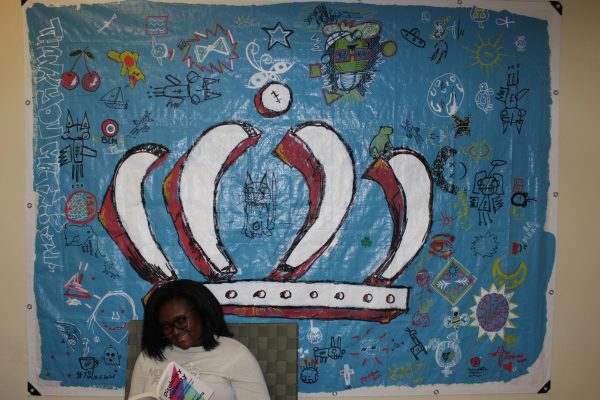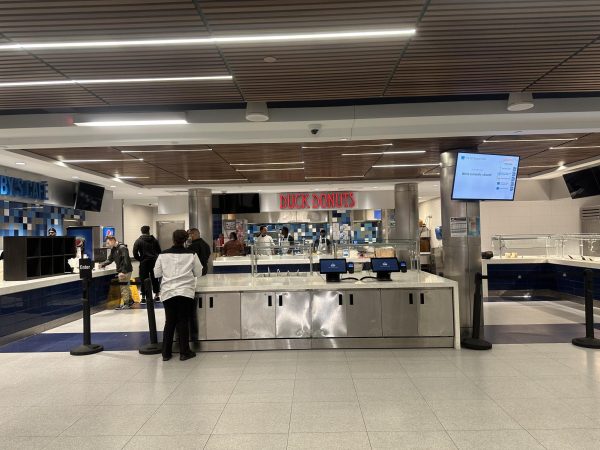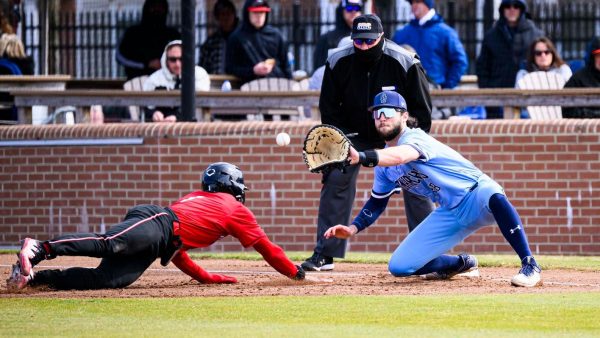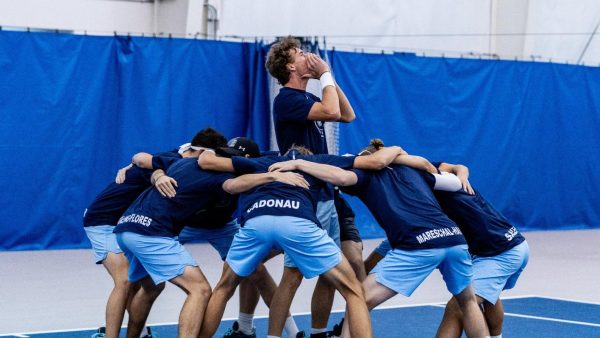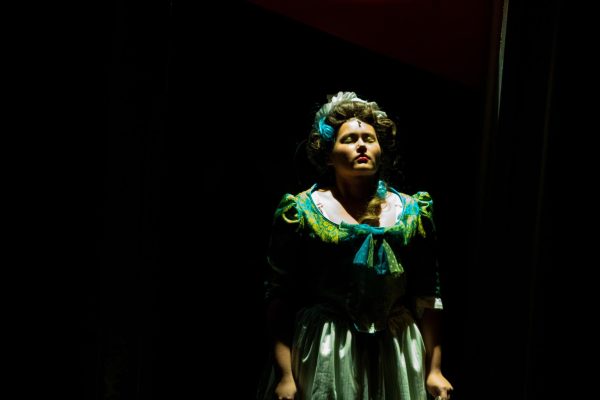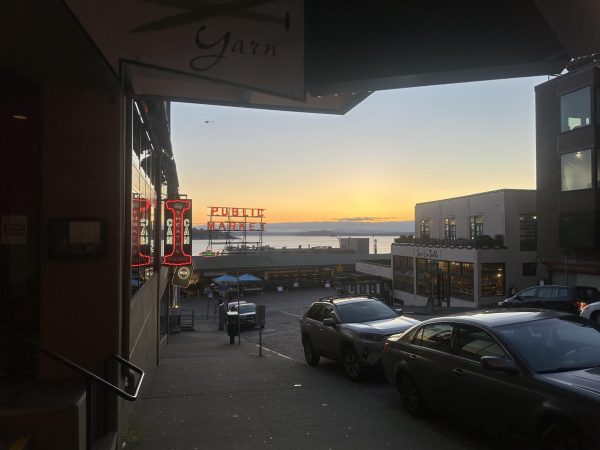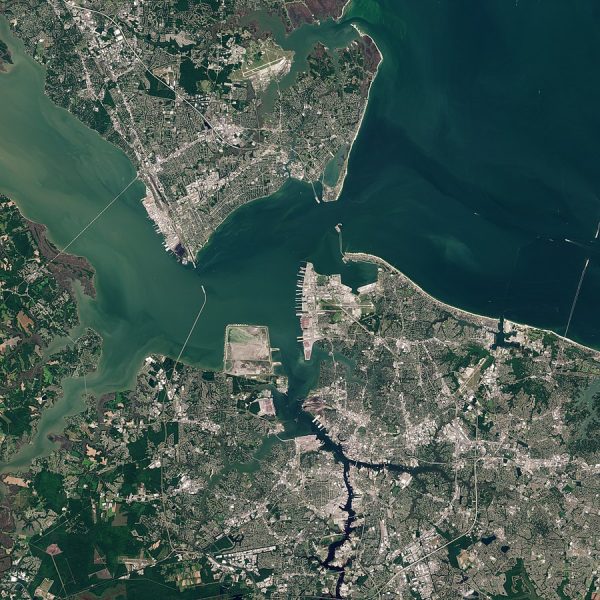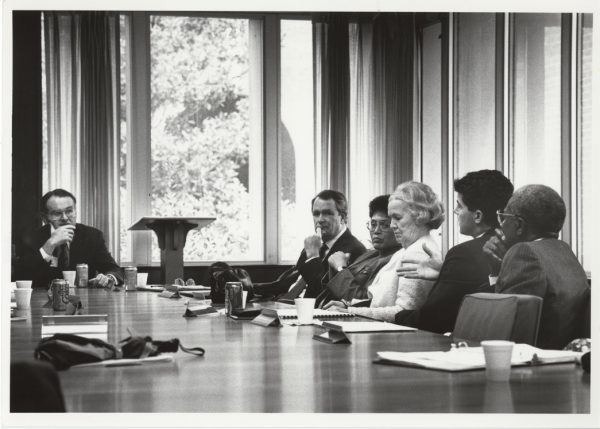PhD Student Generates Research Funded by NASA
This article first appeared in the spring 2022 Mace & Crown magazine issue.
The bulk of research done at Old Dominion University is carried out by graduate students. Masters and PhD theses are largely built upon research. As a result of the hard work done by students and faculty alike, ODU received the R1 research designation last December. This prestigious classification is awarded by the Carnegie Foundation to recognize universities and colleges who have met three criteria: level of research expenditures, number of research doctorates awarded, and number of non-faculty PhD researchers at the institution.
Dr. Morris Foster, the vice president for research at ODU, explained the R1 designation as a dynamic classification based purely on numbers, not on popularity. Foster relayed the importance of PhD students in the program saying “without those students, a lot of the research that we’re funded to do couldn’t be done. Because much of the actual legwork or lab work is done by graduate students directed by the faculty members.”
Among the PhD students is Kevin Garner, a 27-year-old Virginia Beach native pursuing his doctorate in computer science. He attended Salem High School in Virginia Beach, taking game development courses before enrolling at ODU in the fall of 2012. During the completion of his bachelor’s, he started the accelerated program for his master’s degree. This would prove to be pivotal for Garner’s path at ODU for it is here that he would meet Dr. Nikos Chrisochoides, a Richard T. Cheng Endowed professor. As part of the accelerated program, Garner needed permission to begin taking some of the courses. Typically a short affair, Chrisochoides ended up keeping Garner in his office for over two hours as he questioned him on his goals, interests, and passions.
The result would be a summer internship for Garner, and an introduction to the field of imaging, computational sciences and high performance computing. Chrisochoides believes in hands-on learning, and giving students real problems to develop their skills and build research experience.
Garner emphasized Chrisochoides’ teaching methods as being a key factor in his internship.
“He actually like has us work on something real, something that could actually contribute to the work that they’re doing here,” Garner said.
During his internship, Garner worked in the computer science lab doing medical image computing, utilizing code developed by one of Chrisochoides’ previous PhD students. He worked to adapt this code into a software called image-to-mesh conversion. Meshes are three-dimensional approximations of some physical phenomena. Essentially, a 3D model of an object. These meshes are constructed out of millions of little triangles.
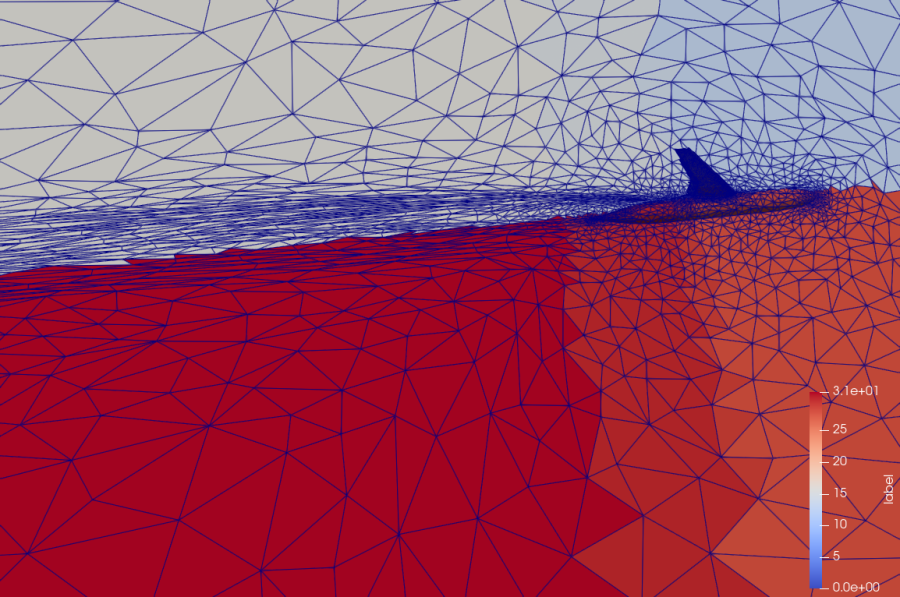
Garner’s research involved taking three-dimensional MRI images and converting them into a three-dimensional mesh. This mesh could then be used as a 3D model for simulation in image guided neurosurgery.
The summer internship was only the beginning of Garner’s work at ODU. After completing the internship, he finished his bachelor’s and began work on his master’s degree.
During his master’s program, Garner moved onto building 3D meshes of airplanes and rockets to simulate turbulence and airflow for simulations. One such example is Computational Fluid Dynamics (CFD). Instead of building an actual plane and putting it into a wind tunnel, the entire thing can be simulated with software, which saves time and millions of dollars.
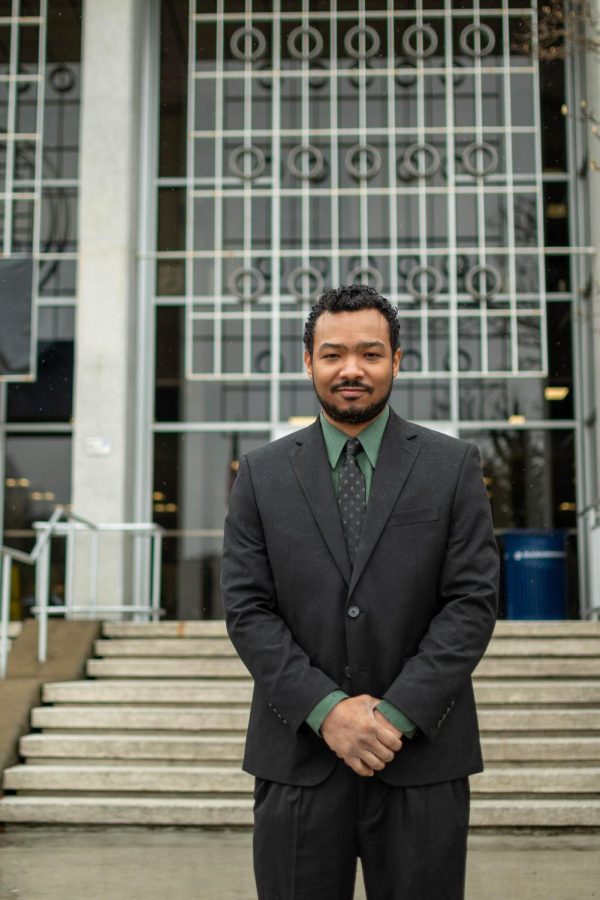
The meshes involved require millions and sometimes billions of elements. They are necessary to do CFD simulations and the code required to do this is constantly evolving and being updated. To be precise, a major drawback to CFD simulations is the length of time it takes a computer to process and generate the mesh. This problem arises because most computers using mesh generation software were ‘single-core’, only capable of solving one problem at a time. Nowadays, parallel computing is used to alleviate this issue. This involves using multiple cores to solve a given problem. Each core solves a different part, thereby speeding up the whole process.
The only problem is that, over the past few decades, much of the existing mesh generation code was optimized for ‘single-core’ computers. Garner’s masters thesis project revolved around this aspect specifically.
Funded and supported by NASA, Garner focused on updating older software to take advantage of high-performance parallel computing power. However, upon completion of his thesis, Garner realized that updating existing software was not up to par and he would have to build code from the ground up. This provided the launchpad for Garner to pursue his PhD, building upon his previous experience to develop new code for distributed memory architecture. The code would need to take advantage of the 40 core computers used today, in conjunction with other computers, to leverage the processing powers of thousands of cores simultaneously. Systems are now being built from the ground up with parallelism in mind, especially as it relates to distributed memory architectures.
Garner’s research and abilities put him in a position to win an award and a grant from two different organizations.
NASA’s subsidiary, the Virginia Space Grant Consortium, funds undergrad and grad student research efforts. Garner received funding from them along with help from the Southern Regional Education Board Doctoral Scholar Fellowship, which helps minority students with financial aid and career counseling to earn doctoral degrees. Garner is one of the few African American PhD students in his field.
Garner’s journey began with game design in mind, but his research led to mesh generation with NASA. He is one of the many student researchers who helped ODU receive the R1 designation this past winter. Without him and others like him, ODU attaining the R1 would have been impossible. As Vice President Foster proudly said: “Getting the R1 is a huge thing for this institution, and ODU is now one of 137 R1 institutions in the US. It is a really big step for us.”
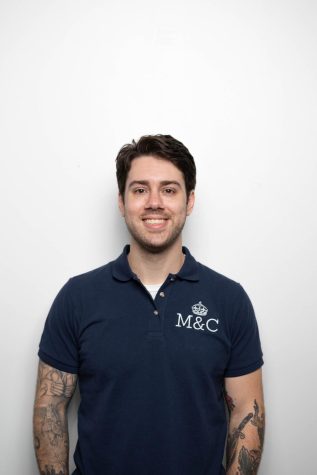
Jonathan Fernandes is majoring in English with a focus on creative writing and journalism. At this time, he serves as the news editor for the Mace and...

Nicholas Clark is the photography editor. He majors in photography and print media. For fun, he likes to play golf and take pictures. Email him at nclar005@odu.edu


